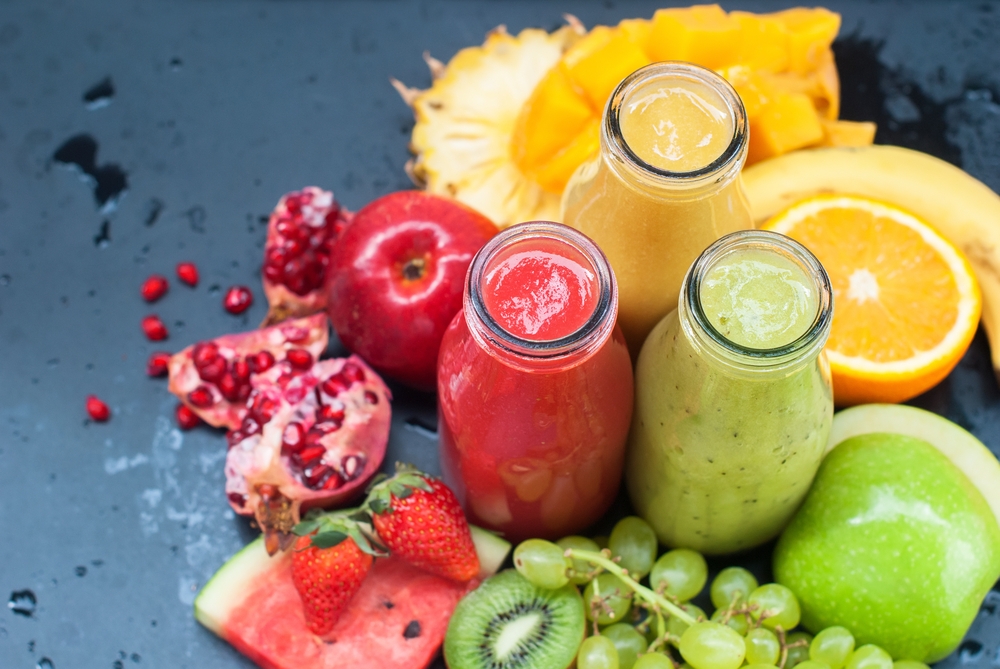
Put the cut fruit in the refrigerator, can you wrap it in plastic wrap?
When heating the food, will you remove the plastic wrap?
All kinds of plastic wrap on the market, which one should I buy?
There are so many perplexities about plastic wrap, coupled with the doubts about plastic wrap plasticizer repeatedly exposed by the media…
This time, I will make it clear how to choose and use plastic wrap.
Is there plasticizer in plastic wrap? Is this… Poisonous?
First of all, some plastic wrap does contain plasticizer.
Plasticizer, also called plasticizer, is a kind of plastic additive, which can make the original [hard and brittle] plastic more flexible and better used.
There are many kinds of plasticizers. Plasticizers DEHA and DEHP, which are frequently [blackened] in media reports, are also legal additives. However, they are easy to move out when heated or contacted with grease and have certain carcinogenic risks.
Therefore, the plastic wrap added with this plasticizer is limited in its scope of use and can only be used to wrap fruits, vegetables, eggs and other foods with low oil content and no need to be heated.
As long as you choose the right thing and use it right, there is no need to turn pale at the mention of [plasticizer].
Which plastic wrap contains plasticizer?
In fact, not all plastic wrap is added with plasticizer.
The plastic wrap on the market can be divided into:
- PE (polyethylene) preservative film; PVC (polyvinyl chloride) preservative film; PVDC (polyvinylidene chloride) preservative film; PMP (polymethylpentene) preservative film.
Among them, the only thing that needs to worry about the risk of plasticizer is PVC plastic wrap.
However, for ordinary consumers, this kind of plastic wrap is hardly available in supermarkets. Most of them are farmers’ markets, which are used to wrap vegetables and agricultural products.
Which plastic wrap is safest and best to use?
First, I’d like to give you a simple and crude suggestion:
In fact, plastic wrap is not very expensive either. If you are too lazy to distinguish and don’t care much about this price difference, buy it directly-
Plastic wrap marked [microwave heatable]!
A plastic wrap should be changed and suitable for lazy (TU) people (HAO).
If you want to be thrifty, you can choose this:
- PVC plastic wrap: It can only be used to package low-temperature or normal-temperature foods with low fat content. Such as vegetables and fruits, eggs. PE plastic wrap: It can be used everyday, For example, sealing vegetables and fruits, leftovers, the only problem is that they are not resistant to high temperature. When heating meals with microwave oven, it is best to remove plastic wrap. PVDC, PMP plastic wrap: [Gao Fushuai] in plastic wrap, with good performance, can be used in various occasions. Can withstand the high temperature of 140 ~ 180 ℃, indicating that [microwave heating] is generally this plastic wrap, but do not enter the high temperature oven.
As for how to know the material of plastic wrap?
It’s very simple, just look at the label on the outer package.
Regular plastic wrap products will be marked with [scope of use] [temperature tolerance] on the outer package, so pay more attention.
On the contrary, don’t buy plastic wrap without formal packaging and labels.
Do you want plastic wrap?
Sure, sure, and sure!
Don’t be fooled by rumors from friends such as what [watermelon wrap is more easily broken]. Plastic wrap is an artifact to ensure food safety and delicious taste.
- It can effectively isolate food from the surrounding environment and avoid pollution from the surrounding environment. It can also reduce the loss of water and cross-taste, making delicious food more lasting.
However, plastic wrap itself cannot sterilize or inhibit bacteria, so even if plastic wrap is used, it must be kept in the refrigerator.
How to use plastic wrap?
Plastic wrap, like refrigerators, is not a safe deposit box. Reasonable use is the key:
-
Before putting leftovers in the refrigerator, be sure to seal them with plastic wrap to avoid cross-smell and cross-contamination.
-
Cut fruits and vegetables, packaged with plastic wrap or fresh-keeping bag, can delay food oxidation and water loss.
-
If you want to make egg custard with microwave oven, use plastic wrap (microwave-capable! ) Seal the mouth of the bowl, then make a few small holes and steam for 3-5 minutes. You will get a bowl of exquisite, fragrant and smooth egg custard.
